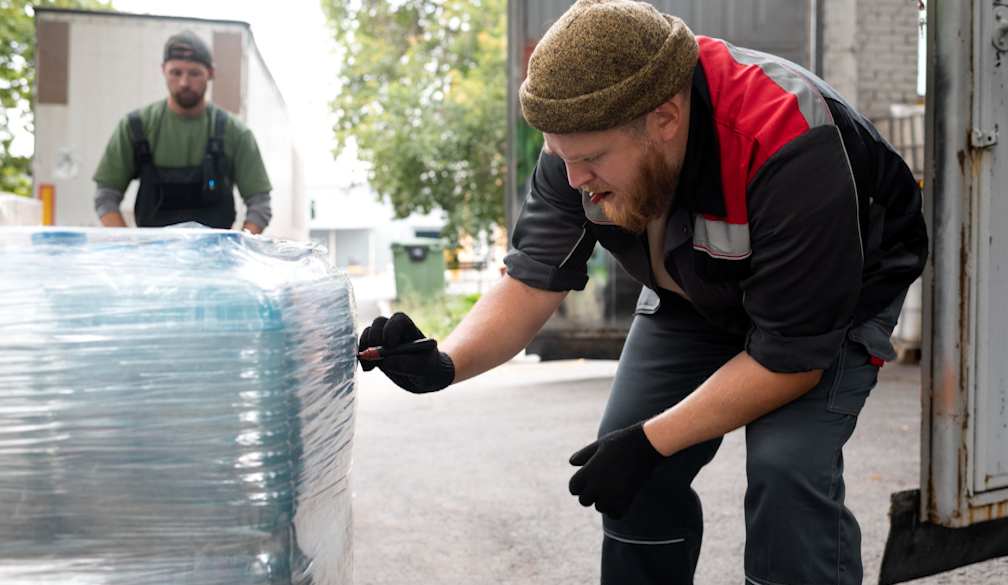A Comprehensive Guide to Shrink Films and Their Role in Packaging

When it comes to packaging solutions, shrink films have become an indispensable tool across many industries. From protecting delicate products to enhancing presentation and improving logistics, these films provide a versatile and effective way to package goods securely. Understanding what shrink films are, how they work, and their various applications can help businesses optimize their packaging strategy and reduce costs.
What Are Shrink Films?
Shrink films are plastic materials that shrink tightly when heat is applied. Typically made from materials such as polyolefin, polyethylene, or polyvinyl chloride (PVC), these films are wrapped around products and then exposed to heat through specialized machines or heat guns. As the film heats, it shrinks evenly, forming a snug, protective layer that conforms to the shape of the product beneath.
The shrinking process creates a secure seal that helps protect products from dust, moisture, and tampering, while also holding multi-packs together or stabilizing pallet loads for transport. This combination of protection and presentation has made shrink films a preferred choice for a wide range of packaging needs.
Benefits of Using Shrink Films in Packaging
One of the most notable benefits of shrink films is their ability to provide excellent protection. The tight seal they create safeguards products from environmental factors such as dirt and moisture, as well as physical damage caused by impacts or shifting during transit. This is especially valuable for fragile or perishable items.
Additionally, shrink films are highly versatile. Their transparency allows customers to view the product without opening the package, which enhances retail appeal. Clear shrink films are often used for food packaging, consumer electronics, and cosmetics, where visibility is important.
Cost efficiency is another advantage. Compared to bulky or rigid packaging, shrink films use less material and add minimal weight, which helps reduce shipping expenses. They also simplify packaging lines by allowing faster, automated wrapping processes.
Types of Shrink Films
Various types of shrink films are available, each tailored to specific packaging applications. Polyolefin films are widely used due to their strength, puncture resistance, and food-safe properties. They provide excellent clarity and flexibility, making them suitable for individual product packaging and multi-packs.
Polyethylene shrink films are generally heavier duty and often used for pallet wrapping and industrial applications. Their durability and moisture resistance make them ideal for protecting goods during long-distance shipping.
PVC shrink films were once common due to their affordability and ease of use, but environmental concerns and regulatory restrictions have led to a decline in their popularity.
Applications of Shrink Films
The applications of shrink films extend across numerous industries. In retail, they are commonly used to bundle multiple products, such as beverage packs or sets of household goods. This bundling helps reduce individual handling and simplifies stocking.
Food manufacturers rely on shrink films to package items like meat, cheese, baked goods, and produce, ensuring freshness while allowing customers to see the contents clearly.
In logistics and warehousing, shrink films are vital for palletizing goods. Wrapping pallets in shrink film stabilizes loads, preventing items from shifting or falling during transport. This reduces damage and the need for additional packaging materials like straps or stretch wraps.
Choosing the Right Shrink Film
Selecting the appropriate shrink films depends on several factors. Consider the nature of the product, its fragility, and the level of protection needed. For delicate items, films with higher puncture resistance and thicker gauges are advisable. For bulk or pallet applications, heavier duty films with excellent tensile strength provide the best support.
Environmental impact is another key consideration. Many businesses today prefer recyclable or biodegradable shrink films to reduce plastic waste. Polyolefin films are generally easier to recycle compared to PVC, making them a more sustainable option.
Working with packaging suppliers who understand your industry and product requirements can help you choose the most effective and economical shrink film.
Equipment for Applying Shrink Films
The process of applying shrink films typically involves specialized machinery. Shrink wrap machines vary from handheld heat guns for small-scale or manual wrapping to fully automated systems for high-speed production lines.
These machines wrap the film around the product and then apply heat, causing the film to shrink and tightly conform to the product’s shape. Choosing the right equipment depends on your packaging volume, product size, and budget.
Environmental Considerations
As sustainability becomes a higher priority, innovations in shrink films focus on reducing environmental impact. Many manufacturers now offer films made from recyclable materials or those designed to biodegrade more quickly.
Switching to eco-friendly shrink films not only helps reduce waste but also aligns with consumer demand for greener packaging. Some films incorporate recycled content or use less energy in production, further decreasing their carbon footprint.
Conclusion
Shrink films are a powerful packaging solution that combines protection, visibility, and cost-effectiveness. Their ability to tightly seal and stabilize products during shipping and storage makes them invaluable across many industries.
Understanding the different types of shrink films, their applications, and environmental impact enables businesses to make smarter packaging decisions. Choosing the right film and equipment can streamline operations, reduce waste, and enhance product presentation — all essential factors for staying competitive in today’s market.
By investing in quality shrink films today, companies can protect their products better, support sustainability efforts, and improve overall customer satisfaction tomorrow.

